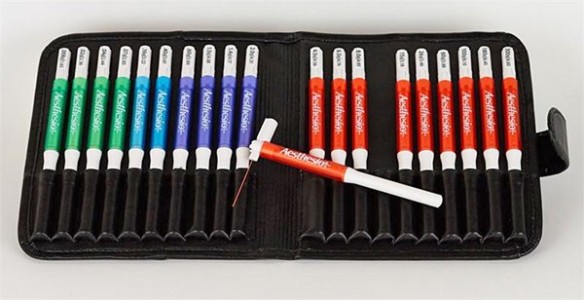Authors
B Coutens, C Derreumaux, F Labaste, V Minville et el
Lab
Centre de Recherches sur la Cognition Animale (CRCA), Centre de Biologie Intégrative (CBI), Toulouse, France
Journal
European Journal of Pharmacology
Abstract
Managing severe acute nociceptive pain in buprenorphine-maintained individuals for opioid use disorder management is challenging owing to the high affinity and very slow dissociation of buprenorphine from _-opioid receptors that hinders the use of full agonist opioid analgesics. In a translational approach, the aim of this study was to use an animal setting to investigate the effects of a chronic high dose of buprenorphine treatment on nociceptive thresholds before and after applying a severe acute nociceptive traumatic surgery stimulus and to screen postoperative pharmacological analgesic strategies. A chronic treatment of mice with a high dose of buprenorphine (BUP HD, 2 × 200 _g/kg/day; i.p.) revealed significant mechanical allodynia. One and two days after having discontinued buprenorphine administration and having induced a severe nociceptive acute pain by a closed tibial fracture, acute administration of morphine at a dose which has analgesic effects in absence of pretreatment (4.5 mg/kg; i.p.), was ineffective to reduce pain in the BUP HD group. However, mimicking multimodal analgesia strategy used in human postoperative context, the combination of morphine (administered at the same dose) with a NMDA receptor antagonist (ketamine) or an NSAID (ketoprofen) produced antinociceptive responses in these animals. The mouse model of closed tibial fracture could be useful to identify analgesic strategies of postoperative pain for patients with chronic exposure to opioids and suffering from hyperalgesia.
BIOSEB Instruments Used
Von Frey Filaments (Bio-VF-M)
Source :
https://www.sciencedirect.com/science/article/abs/pii/S0014299919308362#!

 Pain - Thermal Allodynia / Hyperalgesia
Pain - Thermal Allodynia / Hyperalgesia Pain - Spontaneous Pain - Postural Deficit
Pain - Spontaneous Pain - Postural Deficit Pain - Mechanical Allodynia / Hyperalgesia
Pain - Mechanical Allodynia / Hyperalgesia Learning/Memory - Attention - Addiction
Learning/Memory - Attention - Addiction Physiology & Respiratory Research
Physiology & Respiratory Research











![Dynamic Weight Bearing 2.0 – Postural Module [Add-on]](https://bioseb.com/733-home_default/dynamic-weight-bearing-20-add-on-postural-module.jpg)
























 Pain
Pain Central Nervous System (CNS)
Central Nervous System (CNS) Neurodegeneration
Neurodegeneration Sensory system
Sensory system Motor control
Motor control Mood Disorders
Mood Disorders Other disorders
Other disorders Muscular system
Muscular system Joints
Joints Metabolism
Metabolism Cross-disciplinary subjects
Cross-disciplinary subjects CONFERENCES & MEETINGS
CONFERENCES & MEETINGS 